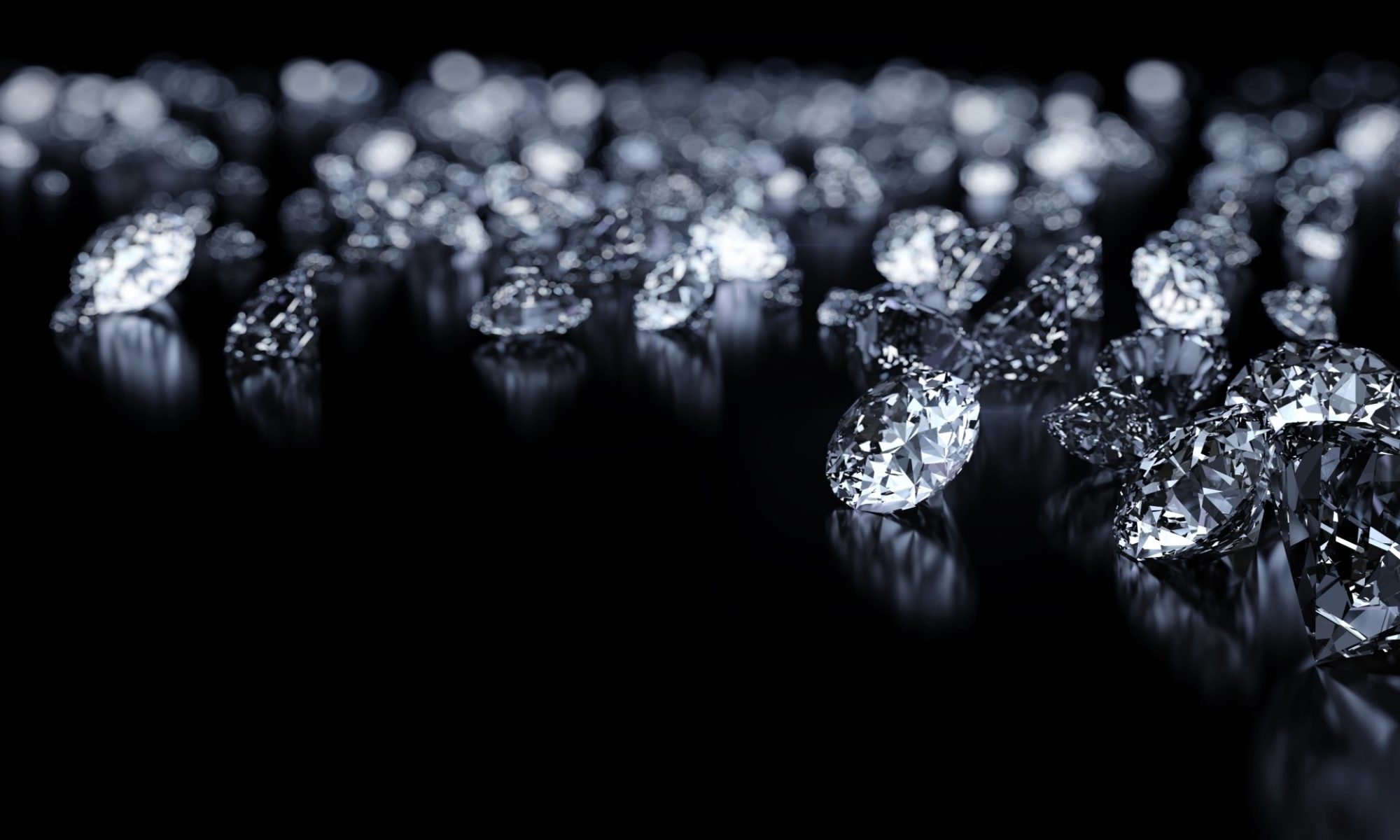Diamond Color
Diamond color is graded on a scale from D-Z with D-color being the most colorless and Z-color being the most yellow. This is further subdivided into smaller ranges. For example, DEF is referred to as the colourless range and GHIJ is referred to as the near-colorless range. The difference between each color grade is very, very slight.
Although there are people who will be more color-sensitive than others, most people simply cannot tell the difference between two diamonds one color grade apart.
In fact, the reason why the Cape series (D-Z) diamonds are graded from the side is because it is too difficult to distinguish colour from the face-up view. So for those of you that only care about face-up view, this fact should give you some reassurance.

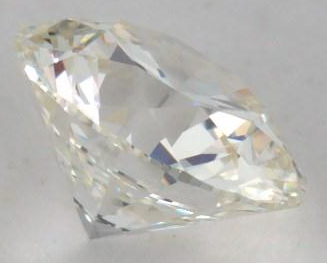 Same D v J from face-up
Same D v J from face-up

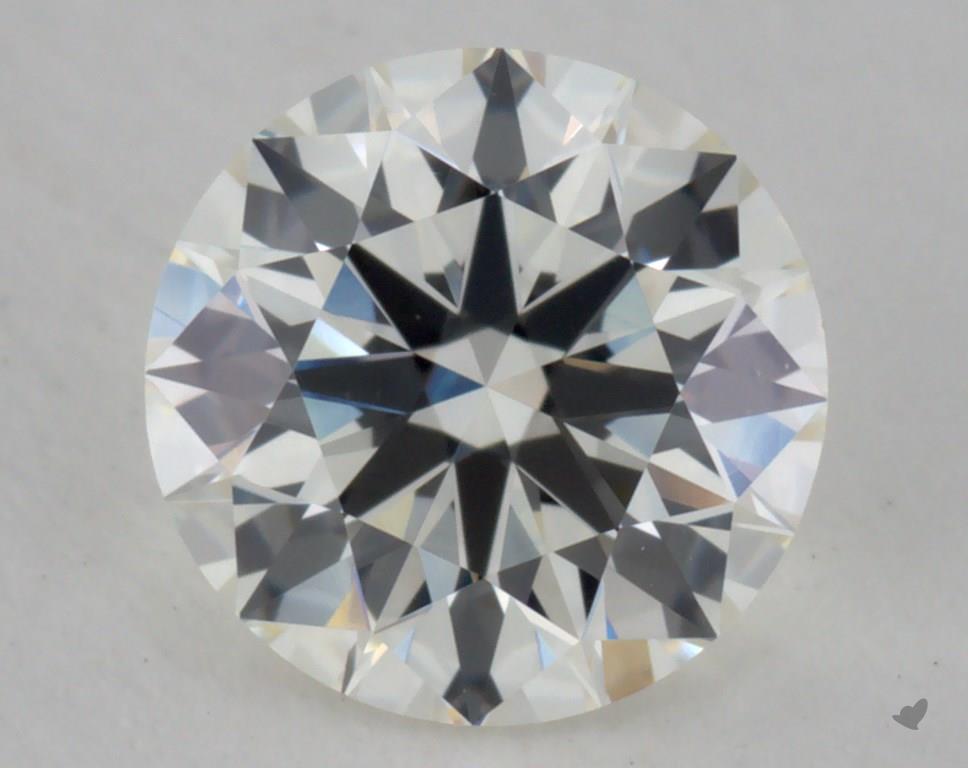 When we talk about diamond color what we are looking at is the body color. This is important because body color is judged from the side and is different to the face-up color, which is highly influenced by cut. A diamond that is well-cut will return more white light making the body color less apparent. This is why the best way to see diamond body color is from the side.
Here’s another comparison of the same D-color diamond against a GIA good-cut J-color diamond. You can see that the good-cut J-color diamond looks much more yellow than the excellent-cut J-color. These J-colored diamonds are best described as having a yellow tint to the body.
When we talk about diamond color what we are looking at is the body color. This is important because body color is judged from the side and is different to the face-up color, which is highly influenced by cut. A diamond that is well-cut will return more white light making the body color less apparent. This is why the best way to see diamond body color is from the side.
Here’s another comparison of the same D-color diamond against a GIA good-cut J-color diamond. You can see that the good-cut J-color diamond looks much more yellow than the excellent-cut J-color. These J-colored diamonds are best described as having a yellow tint to the body.
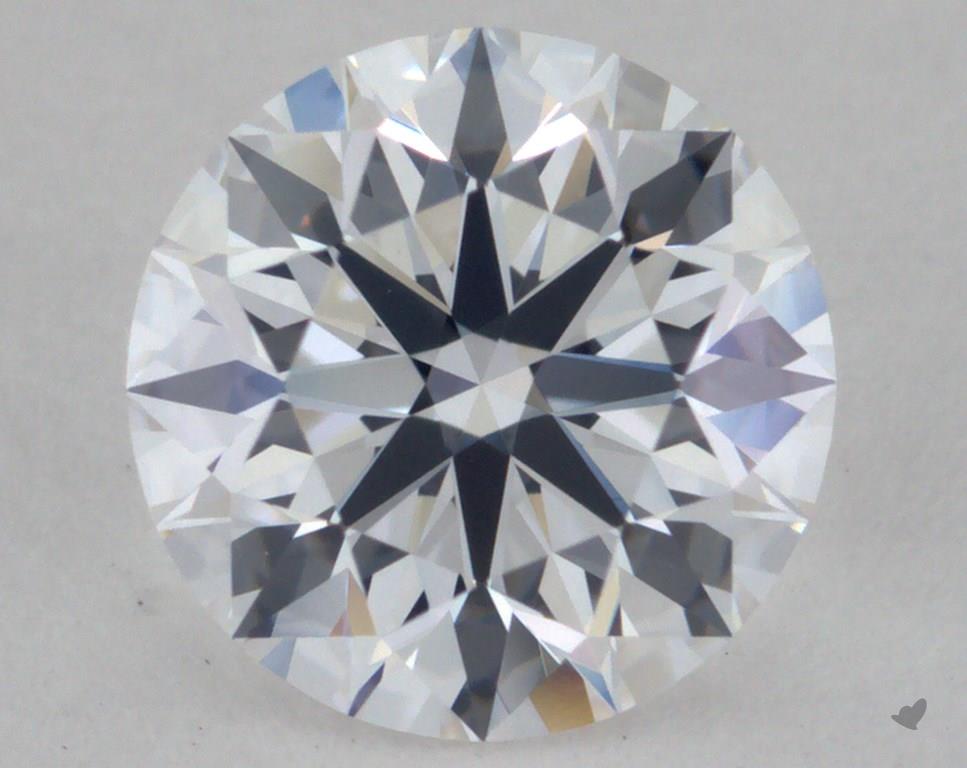
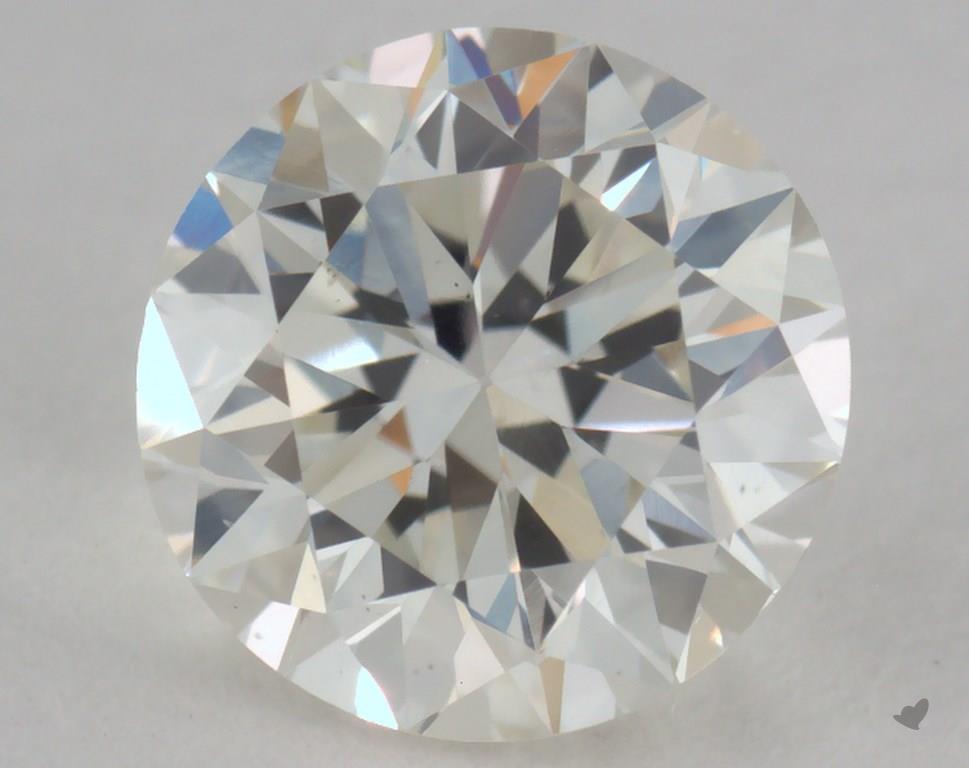 Now look at the D-color diamond on the left. The color you can see in this picture is not body color, but are the areas of the diamond that reflect the color from an external light source. The bright white areas are glare so you don’t want to look there either. The trick is to look at the areas where you can see through the diamond, a more tinted diamond at the colorless range will appear less transparent rather than being yellow tinted.
Now look at the diamond on the right. The brighter areas are slightly more yellow because the tint in the body color is such that it affects the reflected color. The coloring is the strongest in the areas where there are sharp corners in the diamond and those are the areas where you should be looking. When assessing diamond color, you want to make sure you look at the diamond against a neutral background like a white sheet of paper.
It is possible for two diamonds to be assigned the same color grade despite looking differently. This is because diamond body color is judged by its ‘color depth’, which is a combination of the color tone and its saturation. Color depth is a good approximation of how noticeable the color is in any particular diamond.
Here are diamond comparisons that will be helpful to your decision.
Please note that you are viewing these diamonds in the most critical conditions and also magnified so that in reality, you are not likely to notice as big of a difference.
D v E
Now look at the D-color diamond on the left. The color you can see in this picture is not body color, but are the areas of the diamond that reflect the color from an external light source. The bright white areas are glare so you don’t want to look there either. The trick is to look at the areas where you can see through the diamond, a more tinted diamond at the colorless range will appear less transparent rather than being yellow tinted.
Now look at the diamond on the right. The brighter areas are slightly more yellow because the tint in the body color is such that it affects the reflected color. The coloring is the strongest in the areas where there are sharp corners in the diamond and those are the areas where you should be looking. When assessing diamond color, you want to make sure you look at the diamond against a neutral background like a white sheet of paper.
It is possible for two diamonds to be assigned the same color grade despite looking differently. This is because diamond body color is judged by its ‘color depth’, which is a combination of the color tone and its saturation. Color depth is a good approximation of how noticeable the color is in any particular diamond.
Here are diamond comparisons that will be helpful to your decision.
Please note that you are viewing these diamonds in the most critical conditions and also magnified so that in reality, you are not likely to notice as big of a difference.
D v E
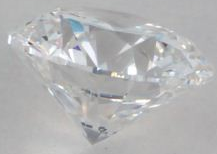
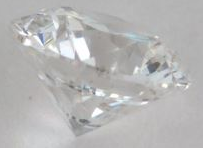 E v F
E v F
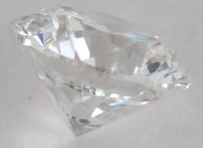
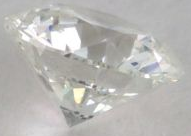 F v G
F v G

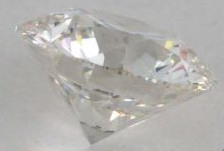 G v H
G v H
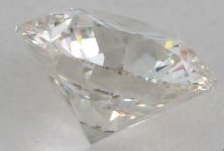
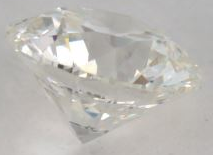 H v I
H v I
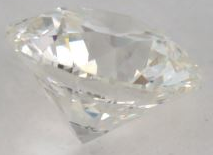
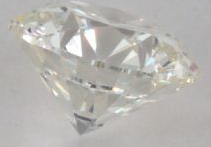 I v J
I v J
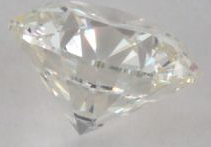
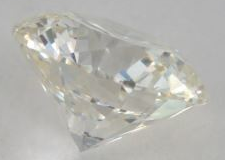 J v K
J v K
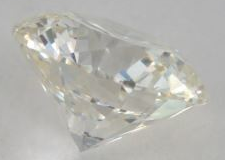
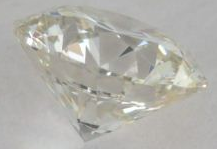
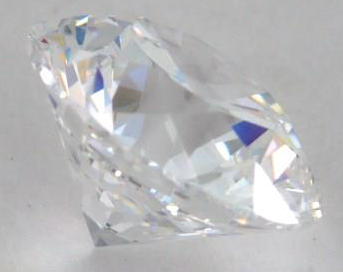
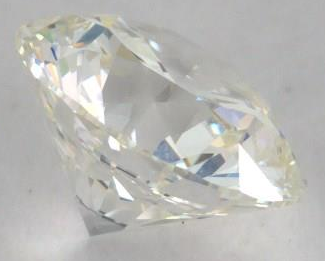 Same D v I from face-up
Same D v I from face-up
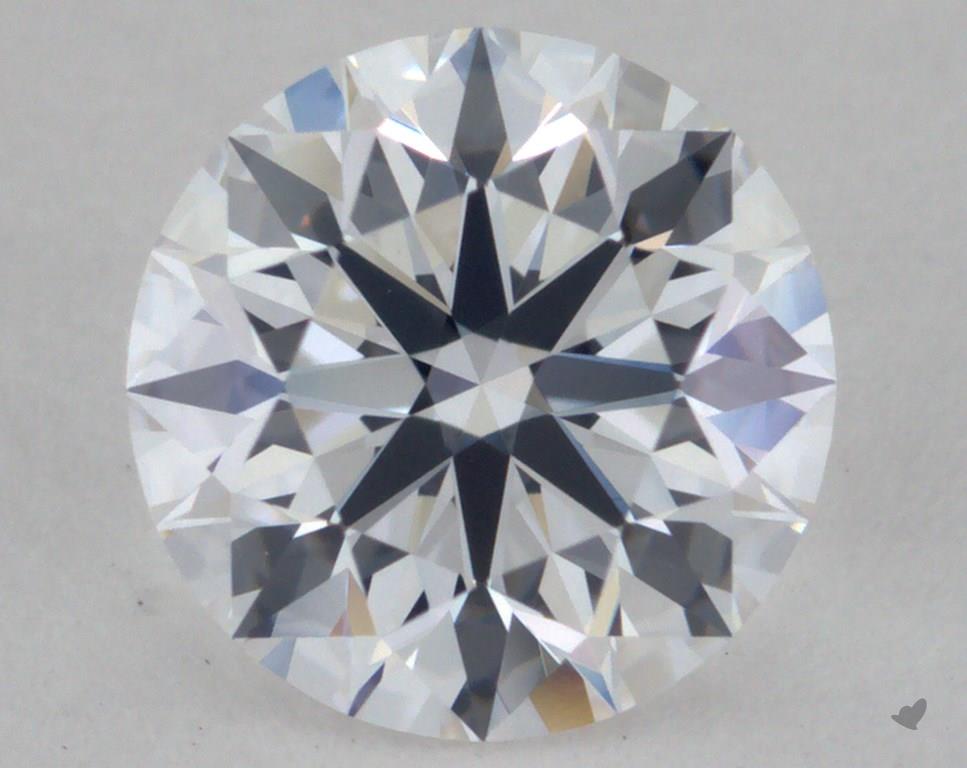
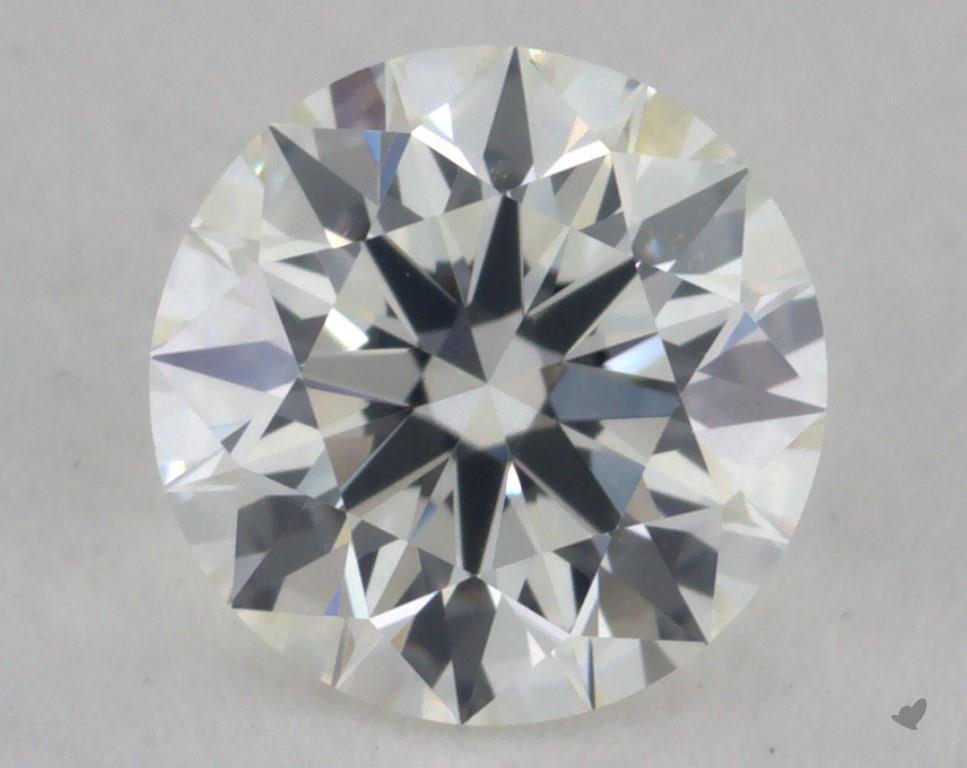
Why are colorless diamonds more valuable?
A cubic zirconia (CZ) that sells for a few dollars a carat is a perfect D-color. But this characteristic alone doesn’t make CZ more valuable than diamond, so it must not be the ability of diamond to be absolutely colorless that gives it this value. The simple answer is that a diamond without color is naturally more rare than diamonds with a slight yellow tint. To give you an idea of how rare D-color diamonds are, it is believed that D-E color diamonds together make up less than 2% of all diamonds. The color in a diamond is due to nitrogen impurities that were in the diamond as it formed in the earth. D-colored diamonds have so few impurities that they have a negligible effect on the diamond. There are even diamonds with no nitrogen impurities at all. These are type-2a diamonds and are most often D in color. Actually, there are diamonds from the Golconda mines in Southern India, long mined out, that are D+ in color, or “whiter than white”. These diamonds are usually natural type-2a and have the welcome side-effect of typically being very large diamonds. These diamonds are not obtainable unless through auction and are extremely expensive. Another reason why you might not want a type-2a diamond is that these are the diamonds that are good candidates for color treatment using high pressure and high temperature (HPHT). GIA lab reports will show that the color of the diamond is undetermined when they come across a diamond that they cannot be certain has not been through the HPHT color enhancement process. This means that you can never be certain whether your diamond was naturally a D+ color diamond or one that was color enhanced. It is said that D-color diamonds are special because these are diamonds that are obtainable and have the least amount of nitrogen impurities among all natural type-1a diamonds. The reasoning behind the letter D was so that the GIA could differentiate its ‘new’ grading system from the other grading systems at the time that used the letters A, B, and C.GIA vs EGL
Another thing about diamond color that people tend to be concerned with is whether a diamond graded by one lab would be graded the same by another lab. The truth is some labs are more lenient than others and can grade diamond color by two or more grades lower than labs with reputations for being strict. What diamond consumers should know is that when you purchase a diamond certified by the GIA or EGL (European Gemological Laboratory), you usually get that you pay for. GIA is known for being strict in their color grading. EGL on the other hand is known for being not. There is no point in expecting that a EGL graded D-color will be equivalent to a GIA graded D-color. The reality is that no diamond is guaranteed to be graded the same if graded by the same lab twice, let alone two different labs. You should always get a diamond checked by a trusted independent appraiser to verify its color grade after purchase. At the end of the day, if you want a GIA graded D-color, then you should buy a GIA certified diamond.High and Low Color Grades
You may not be aware, but if you are using a colorimeter to measure a diamond’s color, it will output whether a diamond is a high, medium, or low within that color grade. That means that a high G-color diamond is closer to an F-color and a low G-color is closer to an H-color. There are several reasons why you might be concerned. First, you want to ensure that if re-graded, your diamond is at least the color that was graded the first time. This is the most important point as diamond color is graded using the human eye and human error will always be a problem. It is not unusual to find a high H-color to be whiter than a low G-color, etc. You might also be looking for a de facto upgrade under a limited budget. For example you may wish to get a high G-color that is also borderline F (colorless).Finding your Preferences
Look at the comparison below and ask yourself: What is the lowest color that you can accept visually (eye-clean)? What is the lowest color that you can accept mentally (mind-clean)? All the diamonds I will show you now are under a similar lighting environment. D v J color from the side



















Conclusion
Hopefully from this comparison you can draw your own conclusions about diamond color. Color is subjective so the important thing here is to not let other people influence your decision as to what your eyes can see. That said, most people are surprised at the color they can get away with before the yellow tint is noticeable for them in real life. Take a look again at this comparison between the D and the I, you can see that face up, this well-cut I-color diamond actually looks pretty white. D v I color from the side



